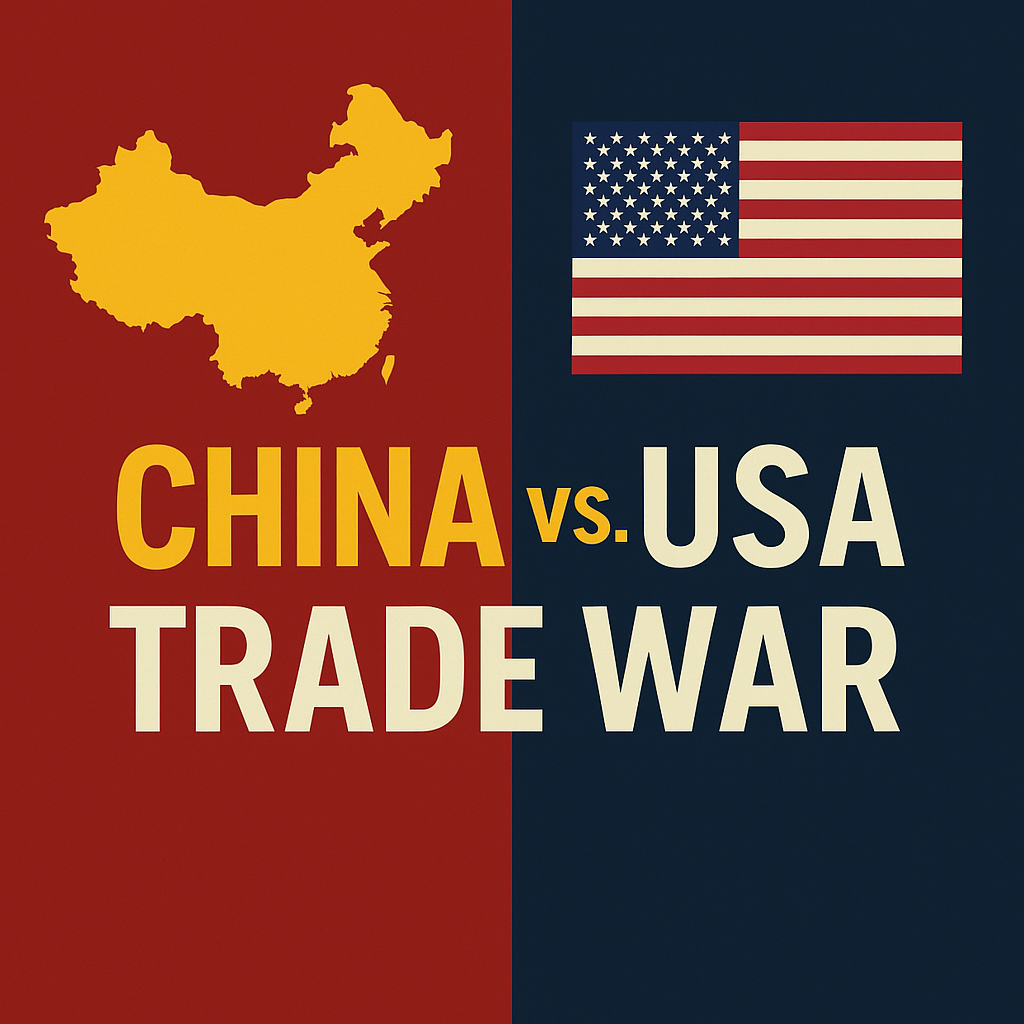
In a world grappling with inflation, supply chain volatility, and widening inequality, trade policies have become powerful tools of diplomacy and development. A striking contrast has emerged between the economic strategies of China and the United States. While China has embraced an inclusive approach by offering zero-tariff treatment to a wide swath of developing countries, the U.S. has taken a markedly different path—imposing “reciprocal” tariffs on a long list of nations, including traditional allies and trading partners.
China’s Zero-Tariff Initiative: A Gesture of South-South Solidarity
China’s zero-tariff policy now benefits dozens of low-income and developing countries across Asia, Africa, and the Pacific. Nations like Bangladesh, Ethiopia, Cambodia, and Madagascar are among those enjoying 100% zero-tariff access on their exports to China. The move is part of Beijing’s effort to deepen economic cooperation with the Global South, promote industrial development, and reduce poverty.
From a diplomatic lens, this tariff exemption policy enhances China’s soft power and positions the country as a champion of equitable global development. It reflects Beijing’s strategy of building long-term partnerships through trade incentives rather than conditional aid or military alliances. For many of these countries, the opportunity to export freely into the world’s second-largest economy is a transformative economic lever.
U.S. “Reciprocal” Tariffs: Protectionism in a Multipolar Era
On the other side of the spectrum, the United States has implemented a broad set of “reciprocal” tariffs targeting both developed and developing economies. The list includes countries as varied as India, Vietnam, China, Indonesia, South Korea, and even NATO allies like Germany and the UK under the EU umbrella.
Washington’s approach signals a return to a more protectionist trade doctrine, focused on rebalancing trade deficits and boosting domestic manufacturing. However, critics argue that these tariffs risk igniting trade disputes, isolating the U.S. from cooperative economic frameworks, and raising prices for consumers.
While the U.S. defends its tariff policy as a response to unfair practices and as a tool for restoring industrial competitiveness, it comes at a time when many economies are looking for inclusive, mutually beneficial trade relations.
The Broader Implication: A Clash of Economic Philosophies
What’s unfolding is more than just a difference in trade tactics—it’s a clash of philosophies. China’s zero-tariff strategy aligns with a model of shared growth and multilateralism, whereas the U.S. tariffs reflect a shift toward economic nationalism and unilateral enforcement.
This divergence may shape global trade networks in profound ways. Developing nations, especially those in Africa and Southeast Asia, may increasingly gravitate toward Beijing’s orbit, lured by access to its vast consumer market without the burden of tariffs.
Disclaimer:
This article aims to provide a balanced overview of the current trade policy approaches by China and the United States based on publicly available information and economic data. It does not endorse or criticize any particular government or its policies but is intended solely for informational and analytical purposes. Readers are encouraged to consult official sources and policy documents for detailed insights.




